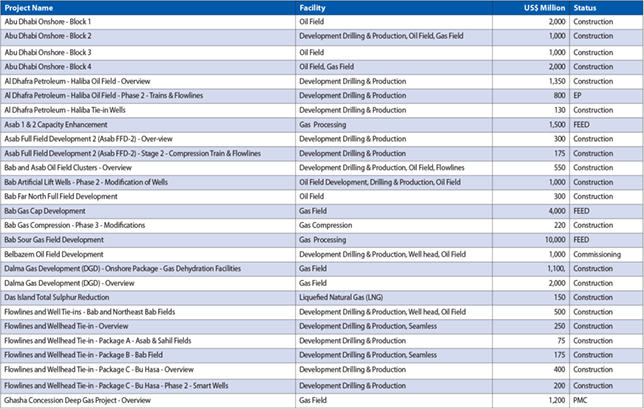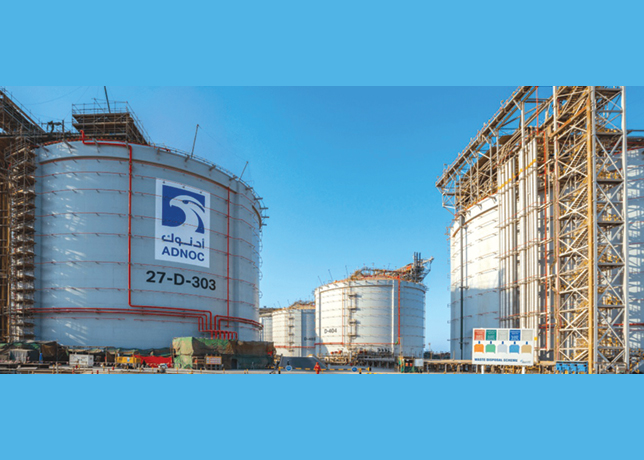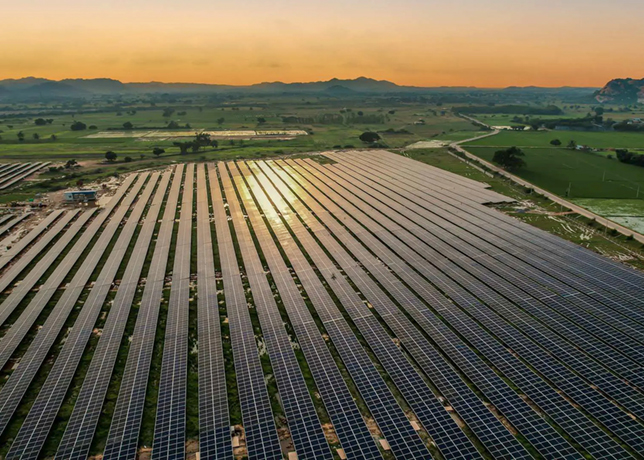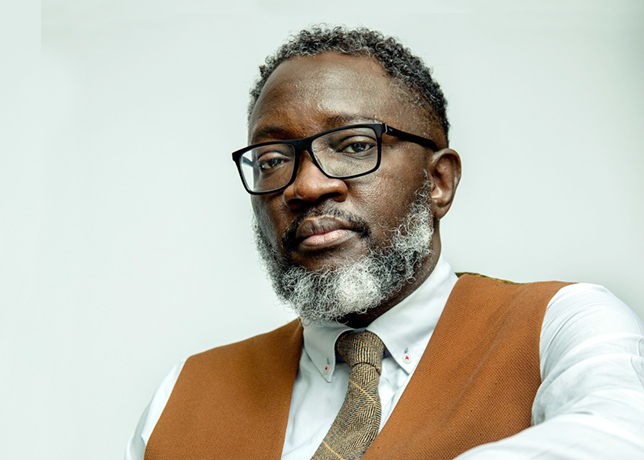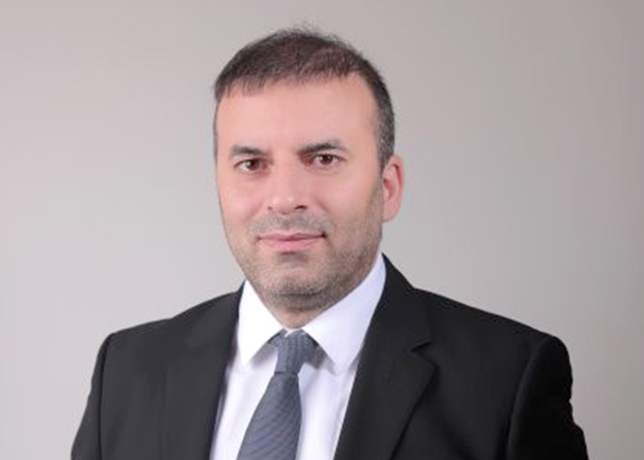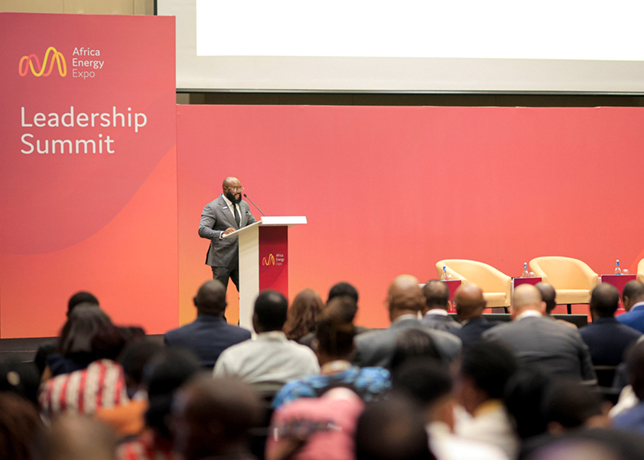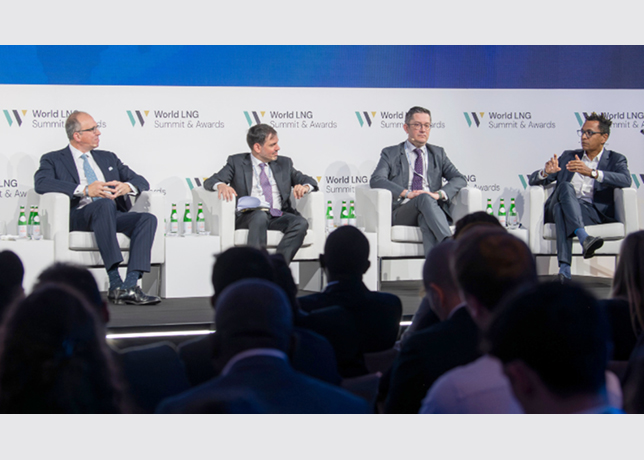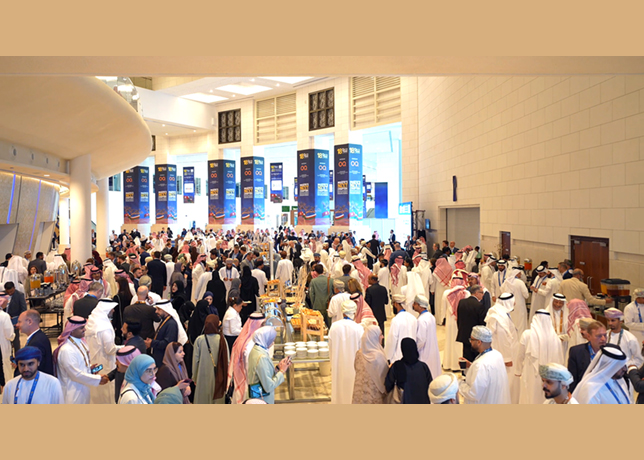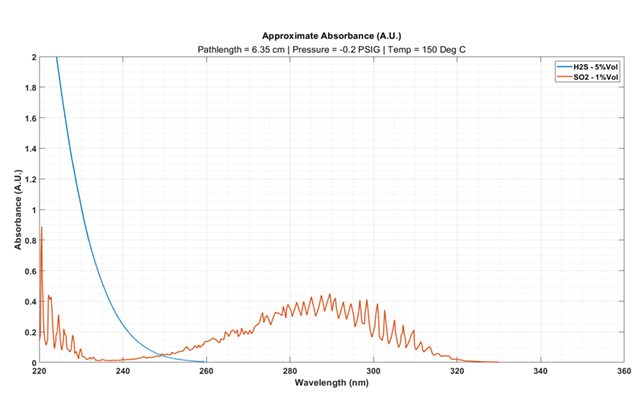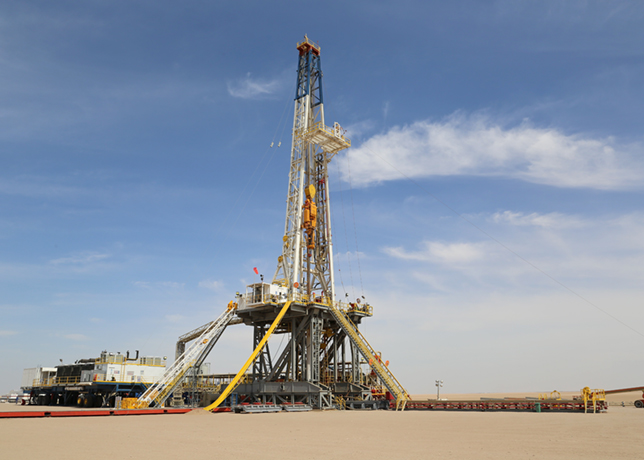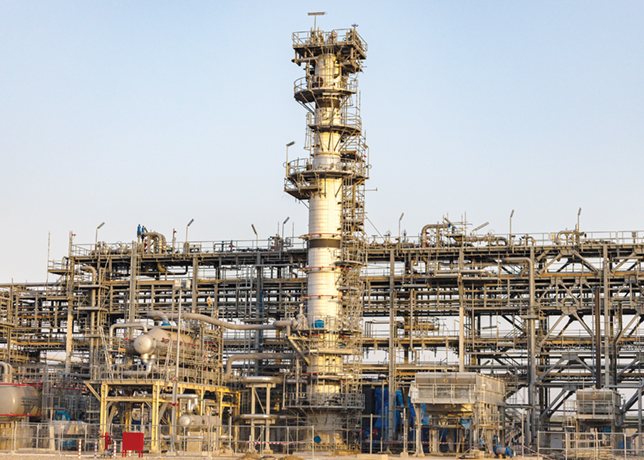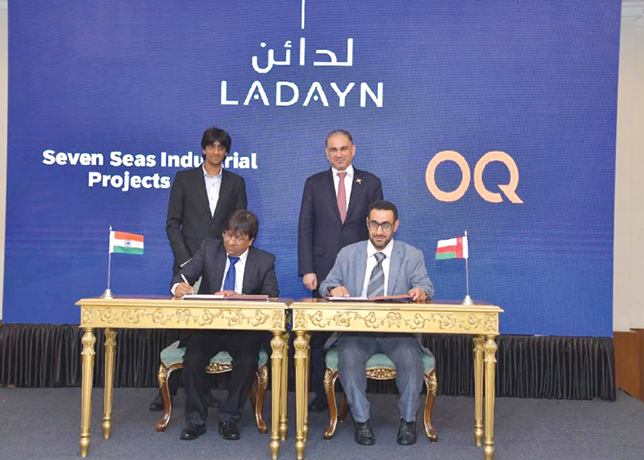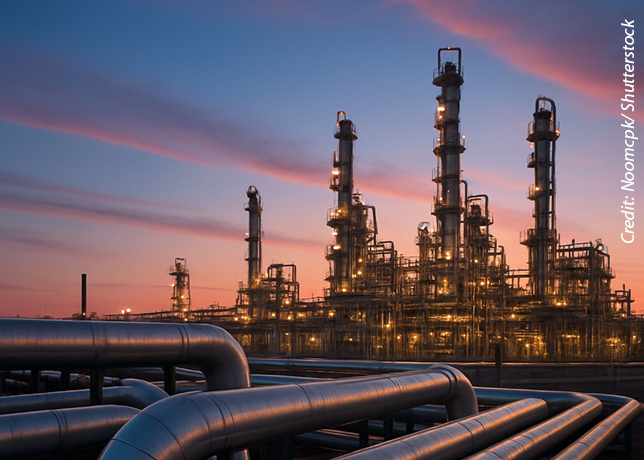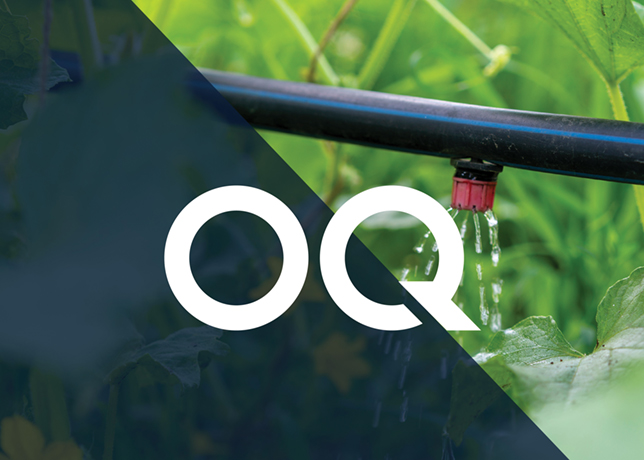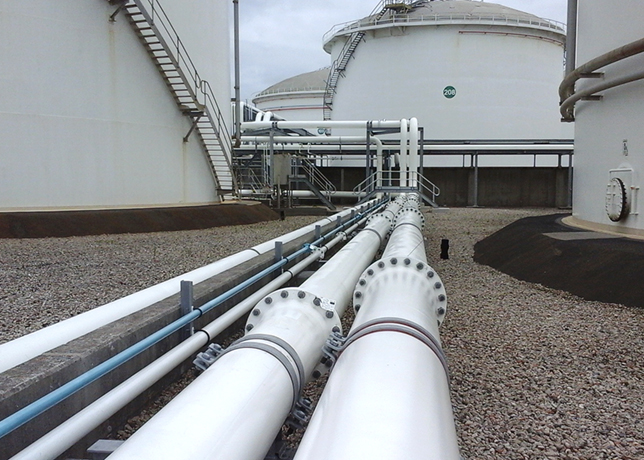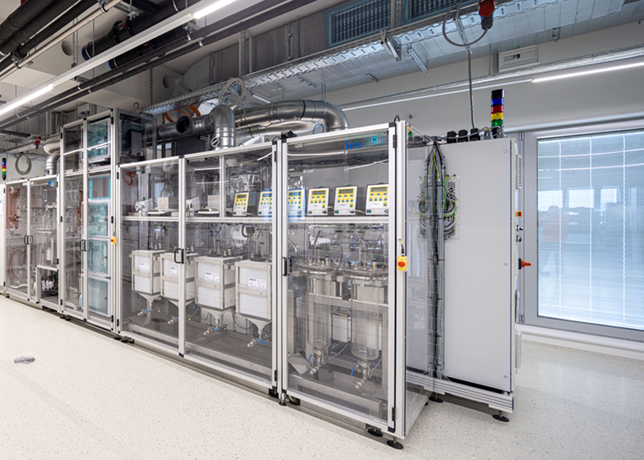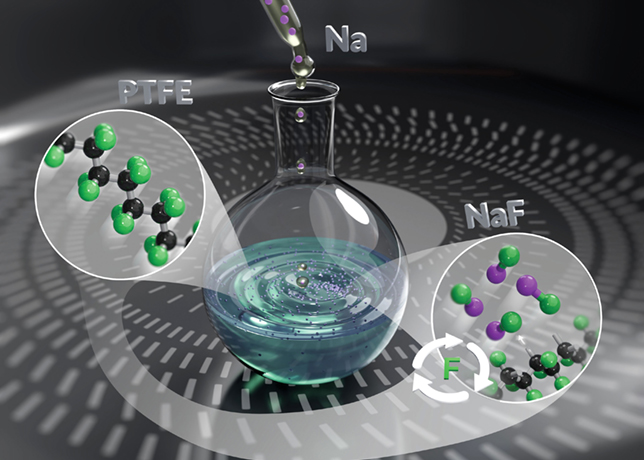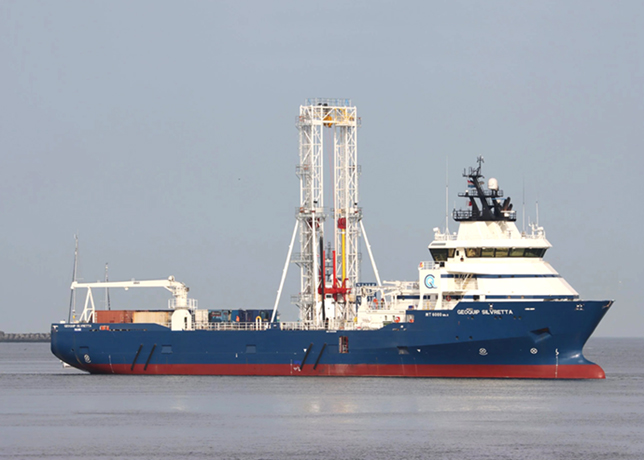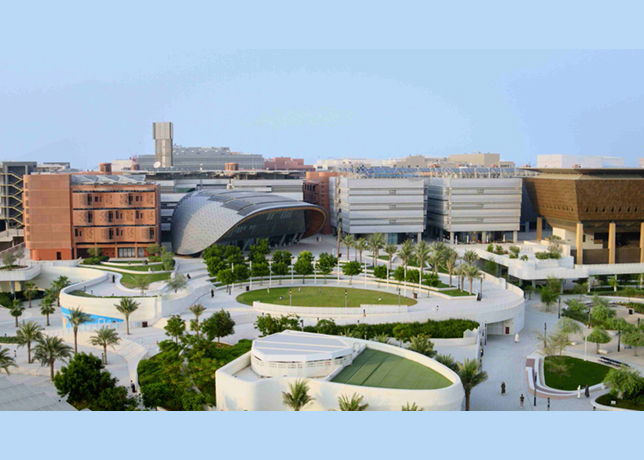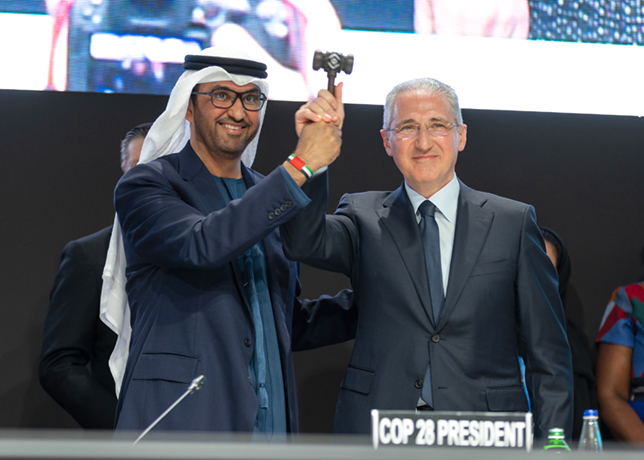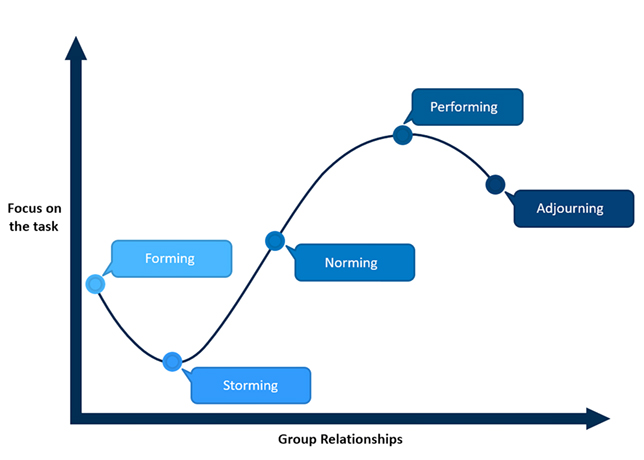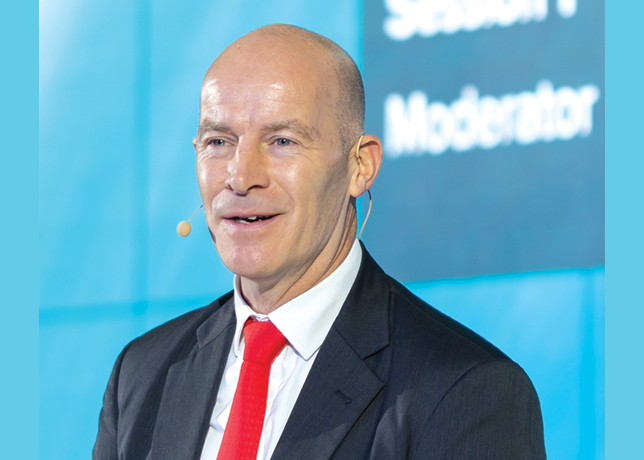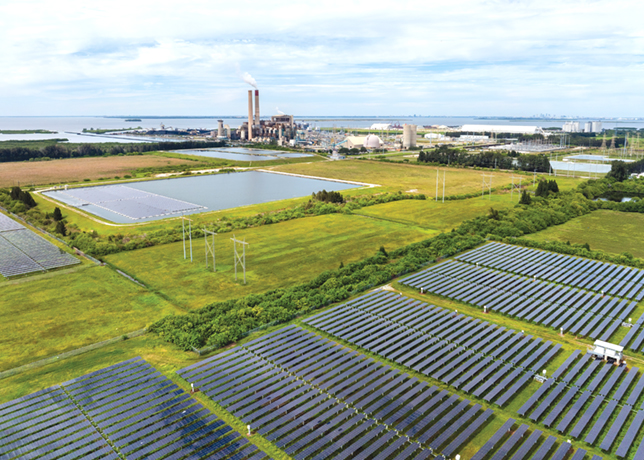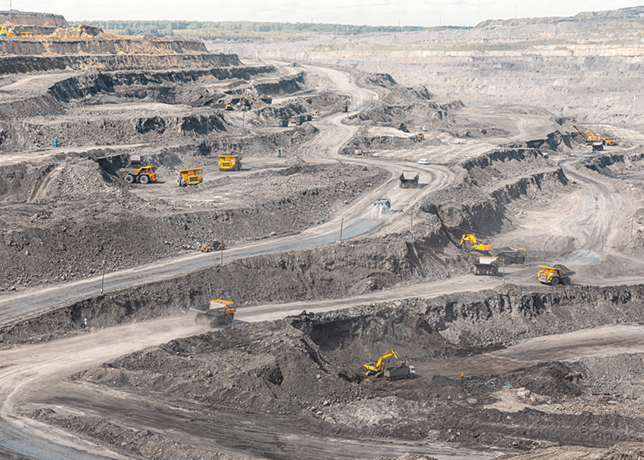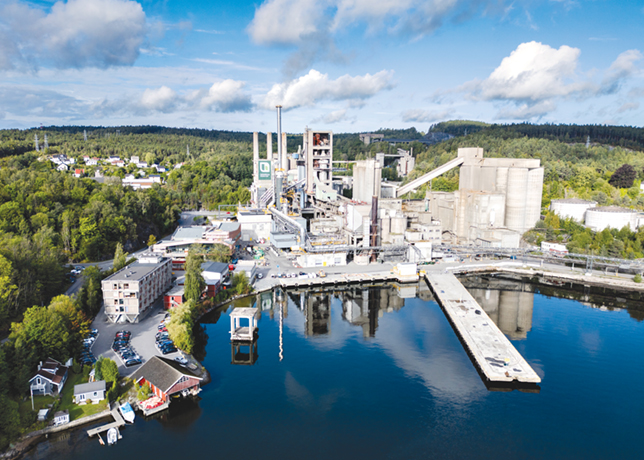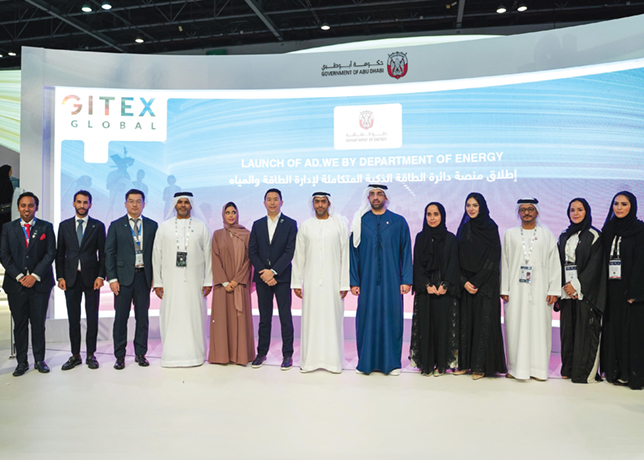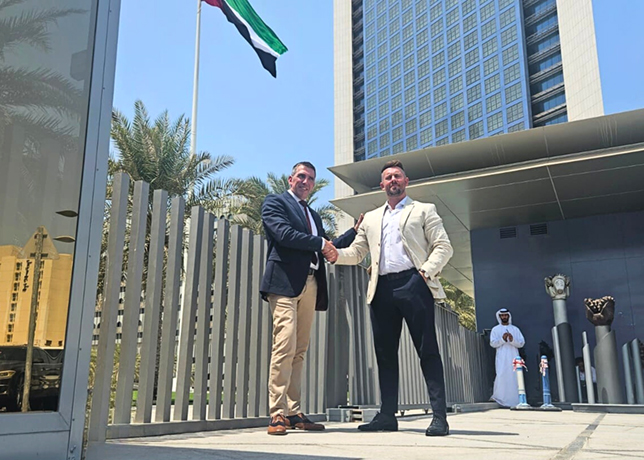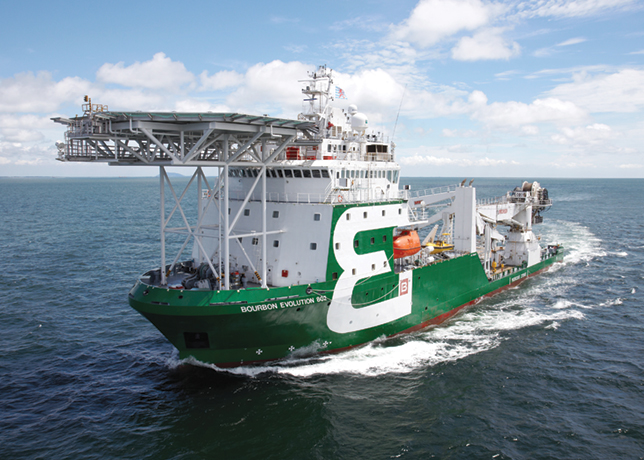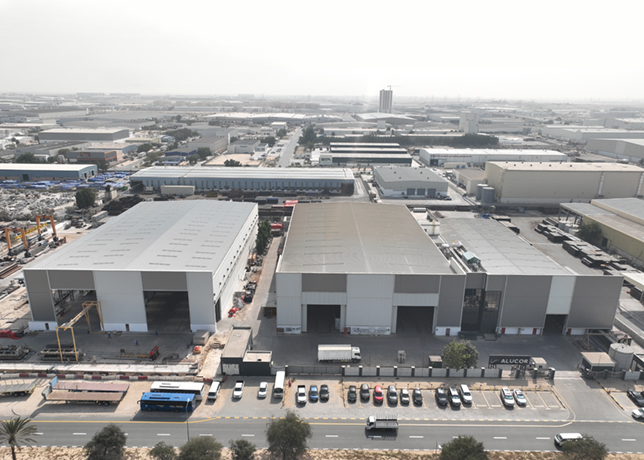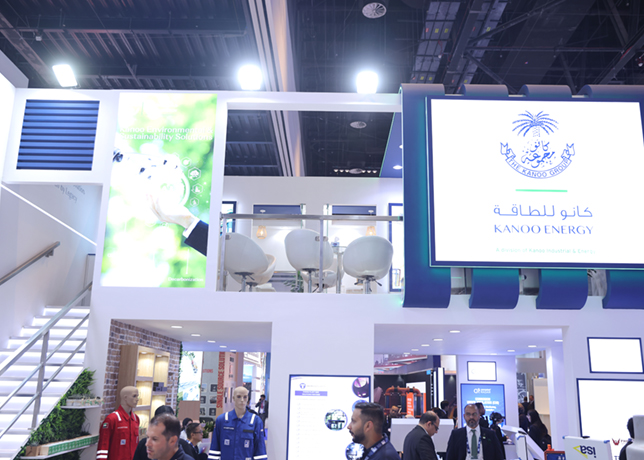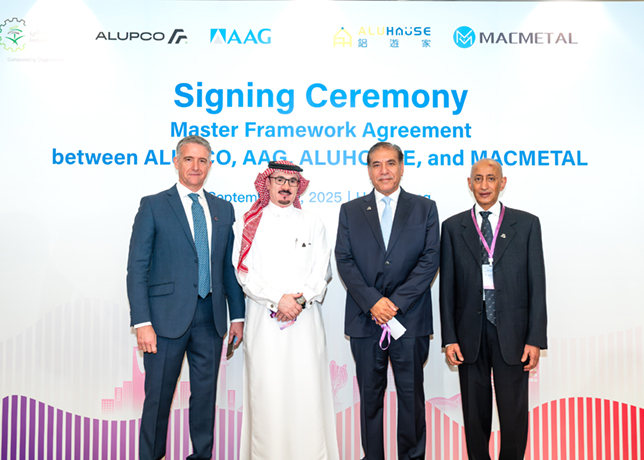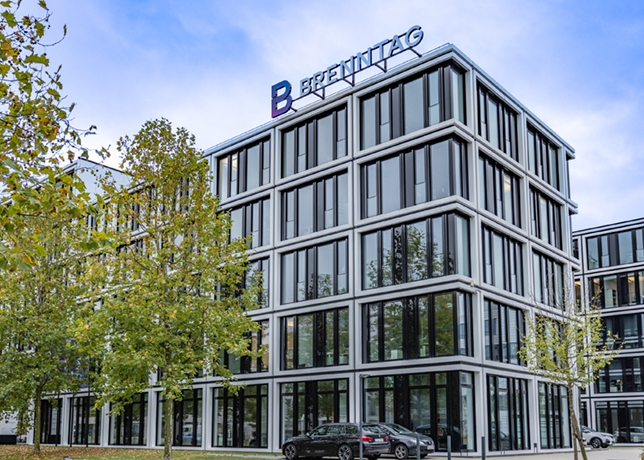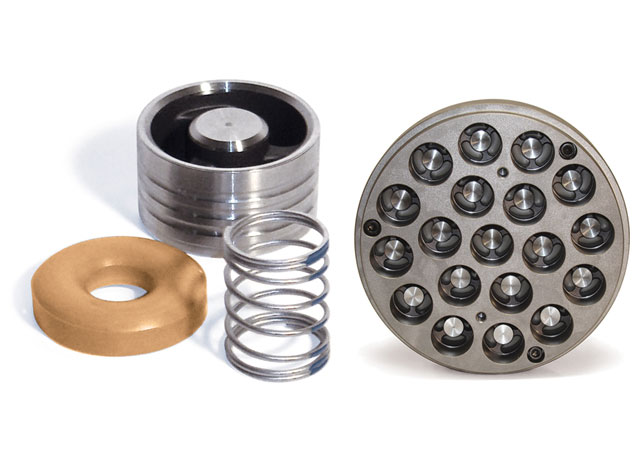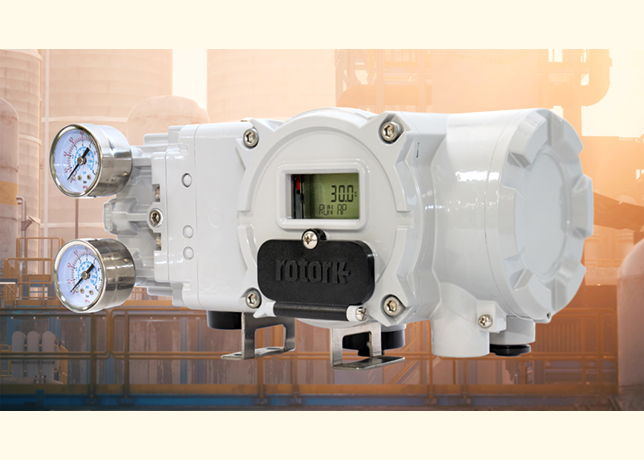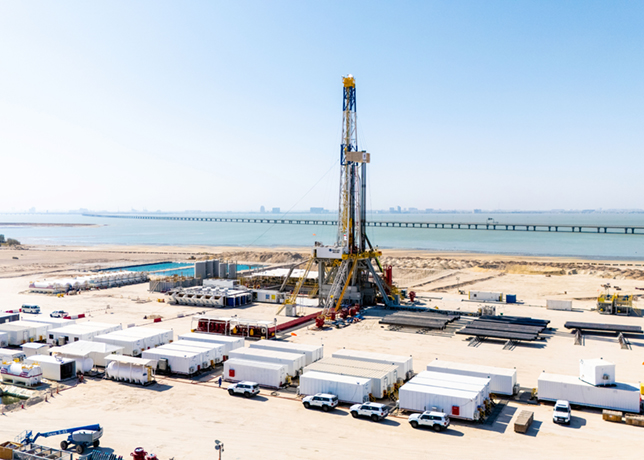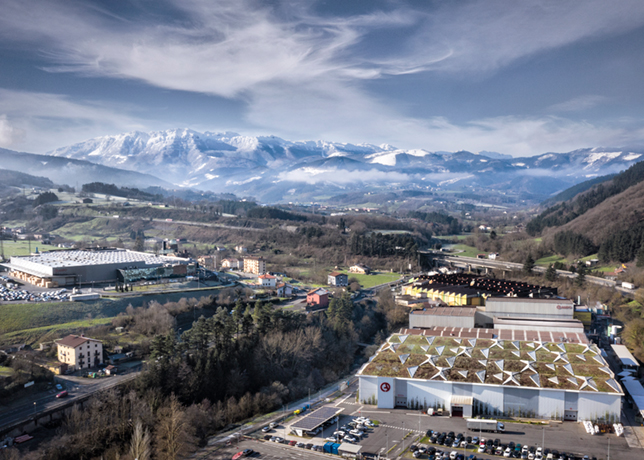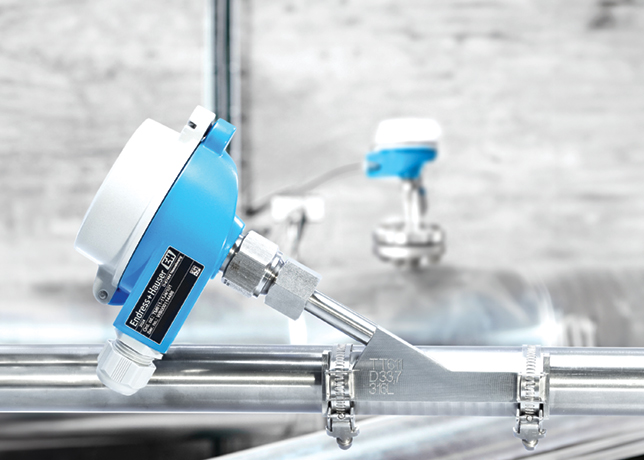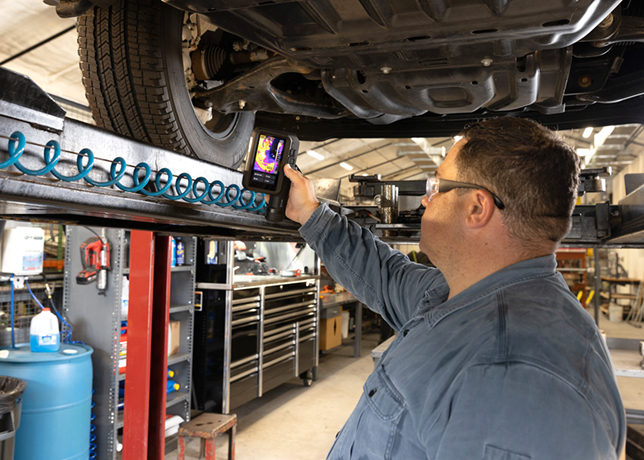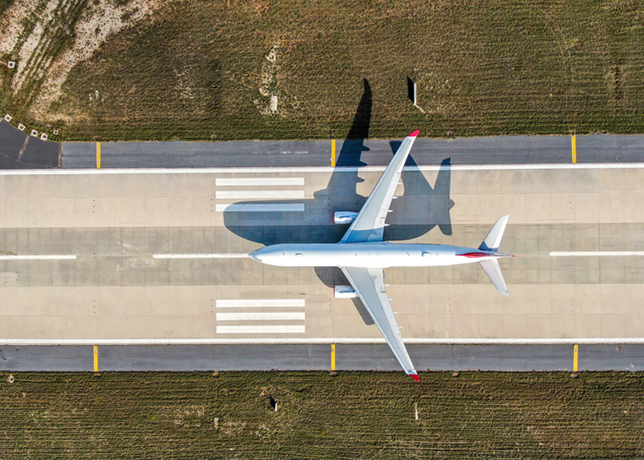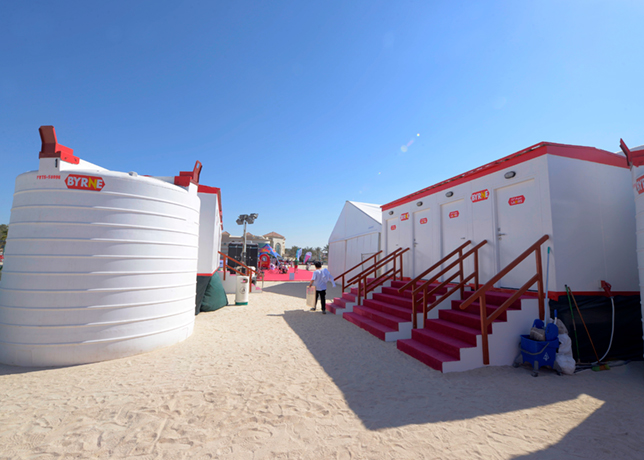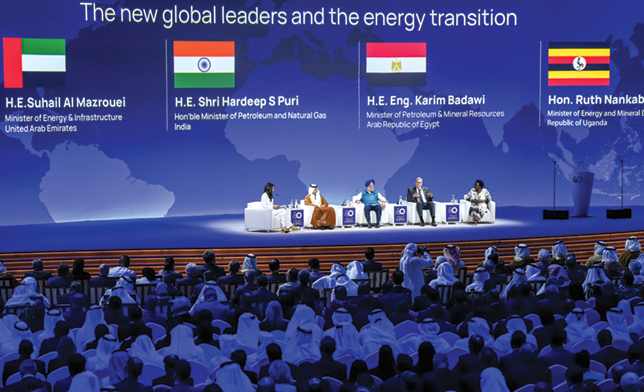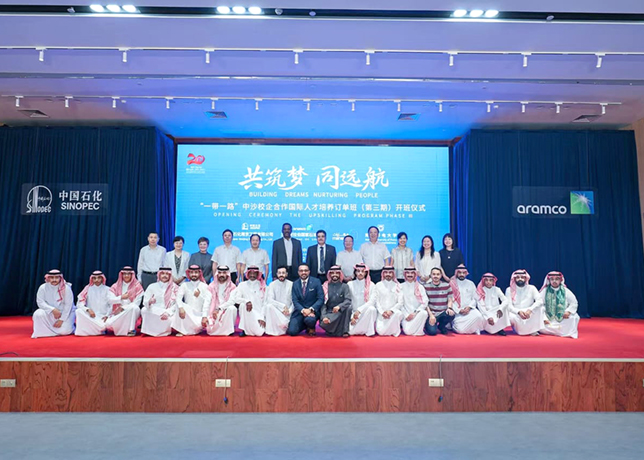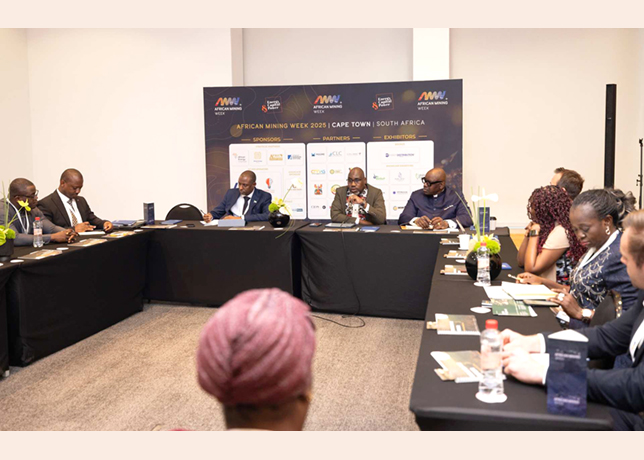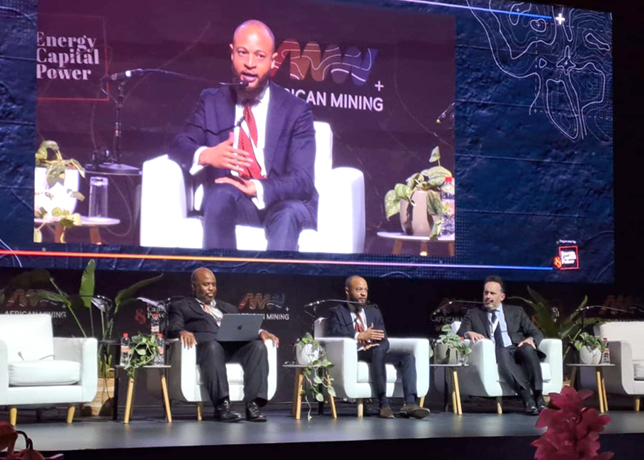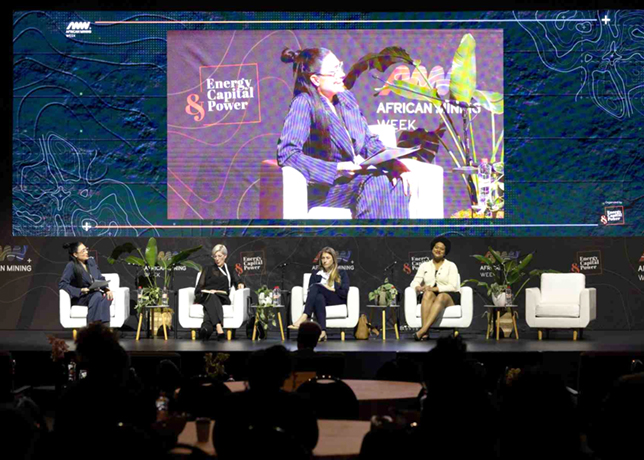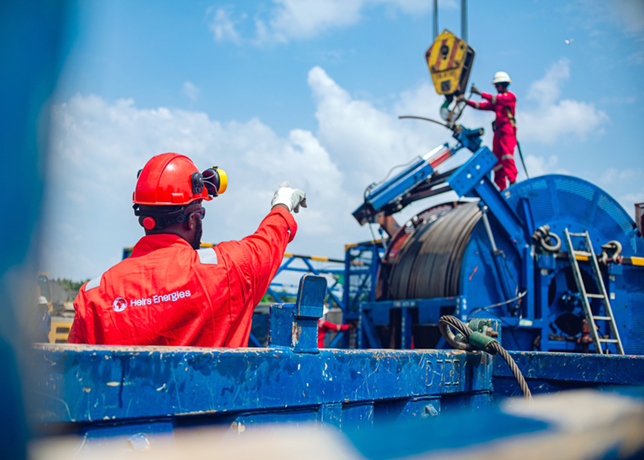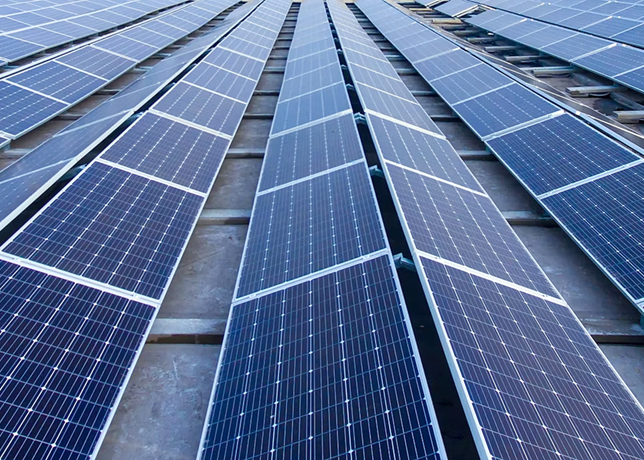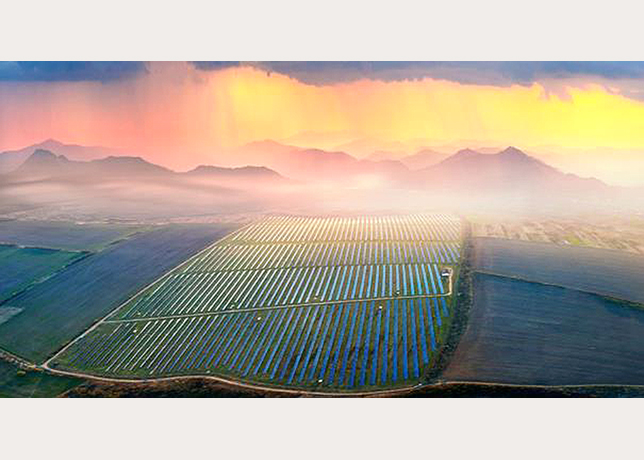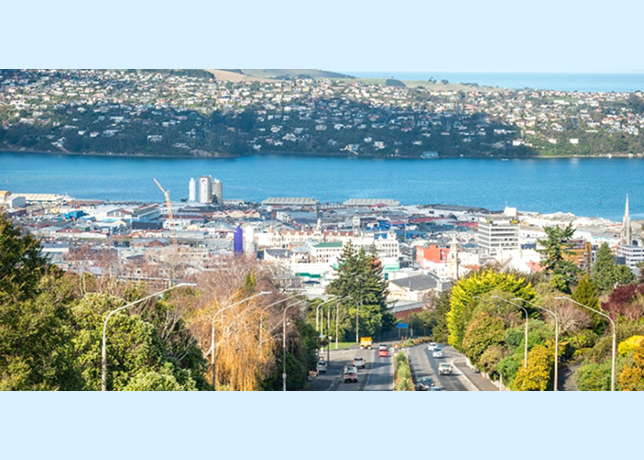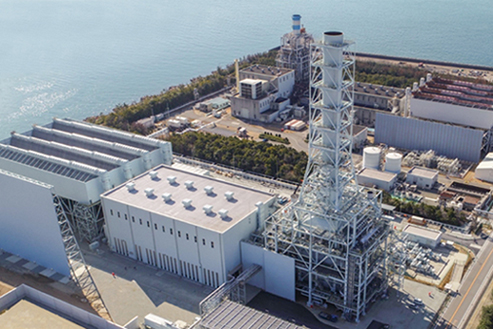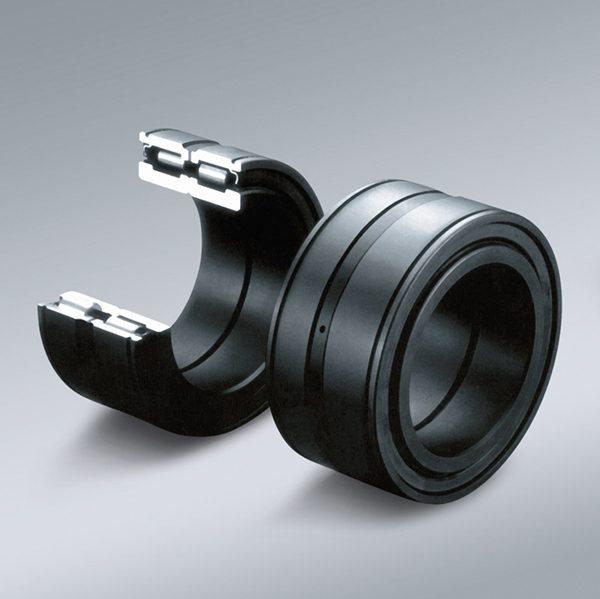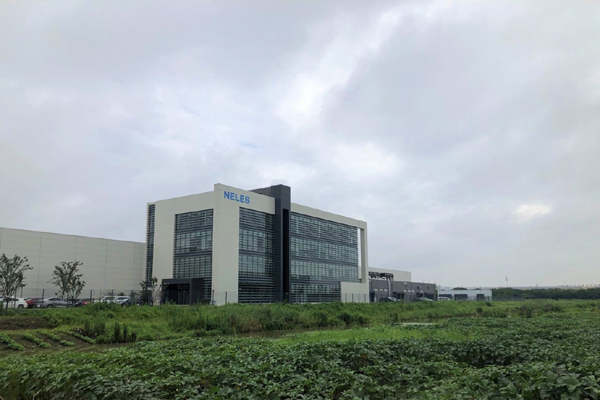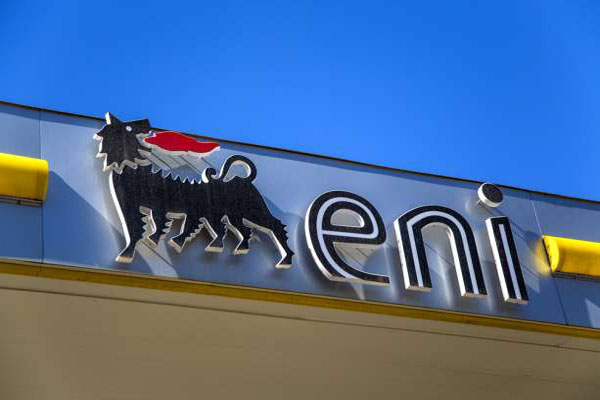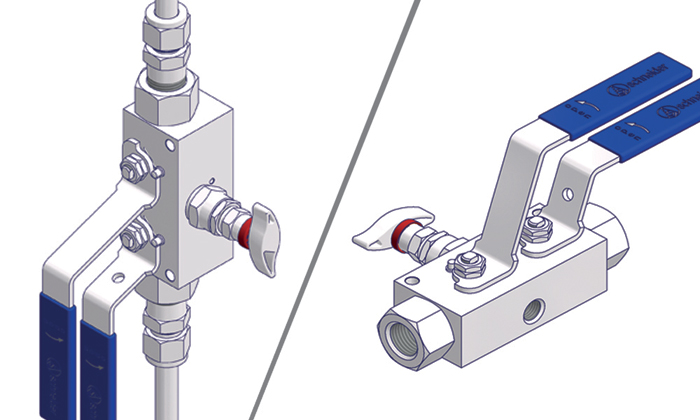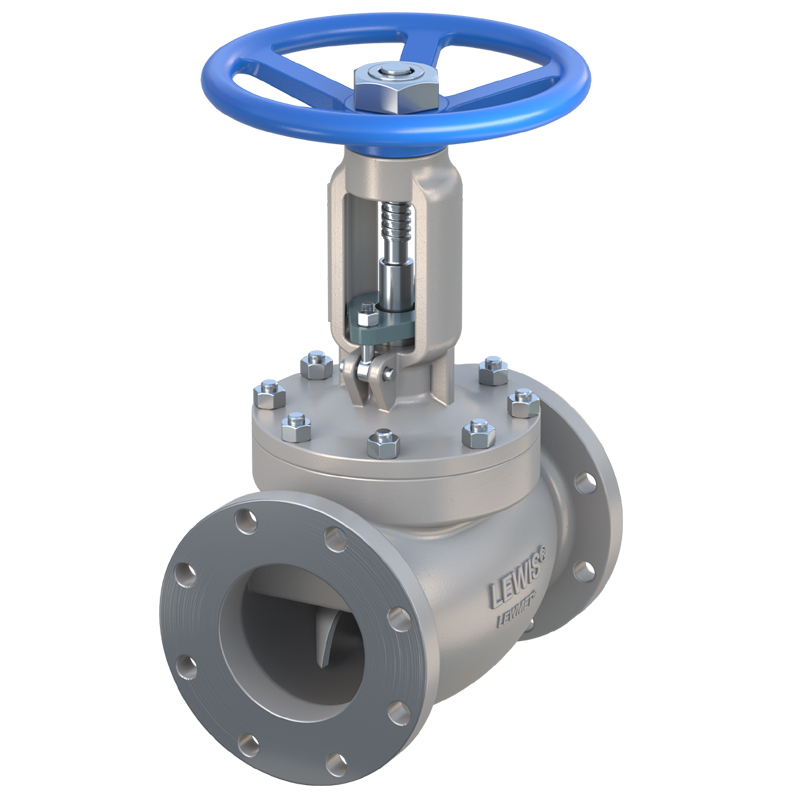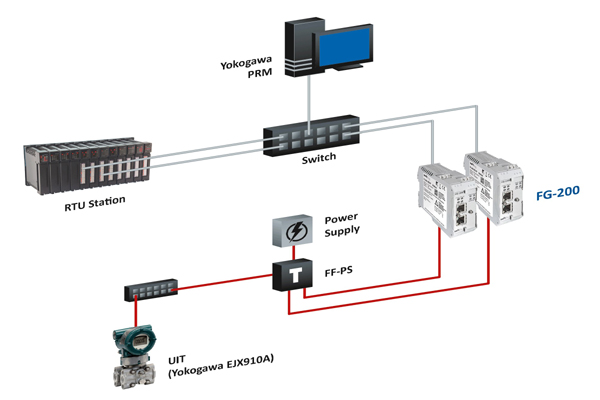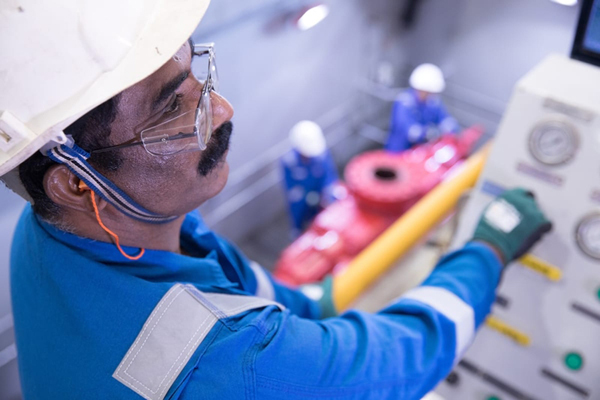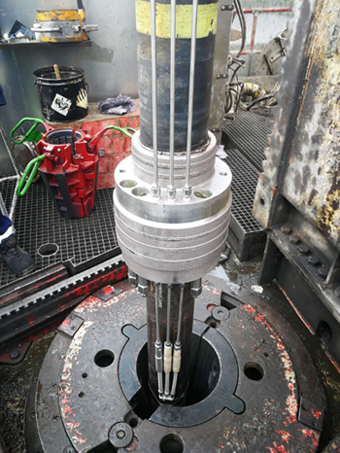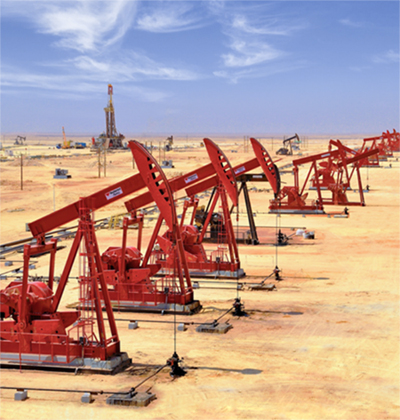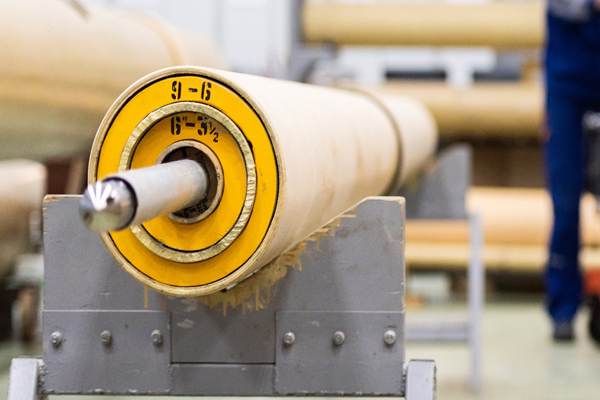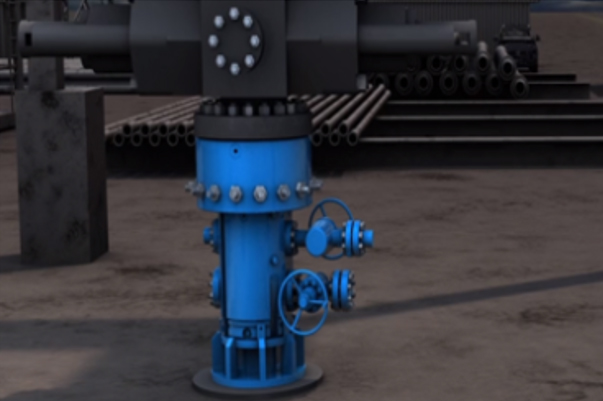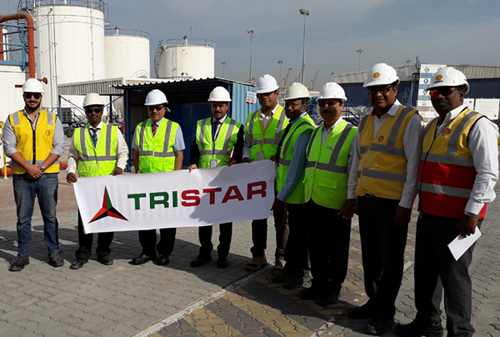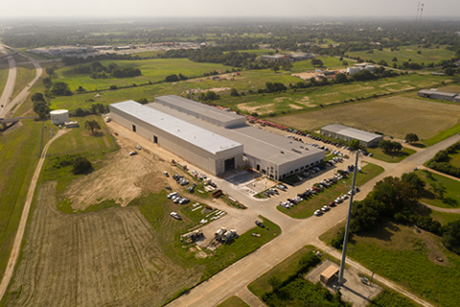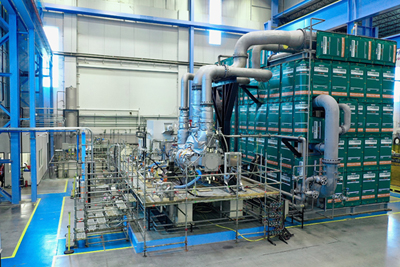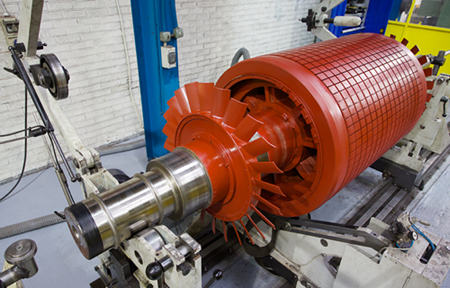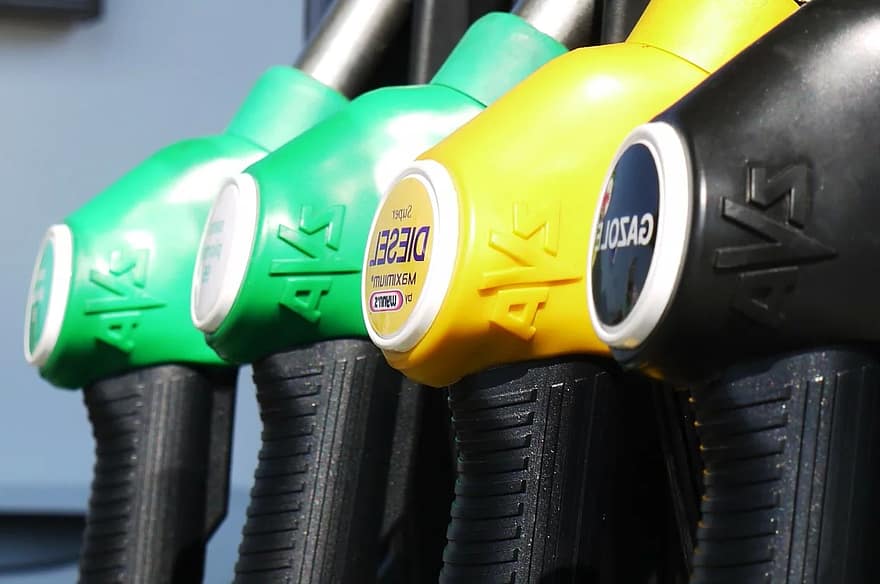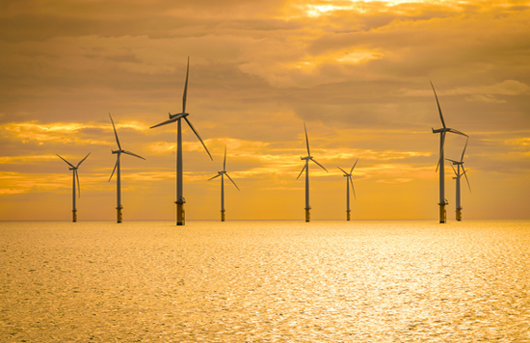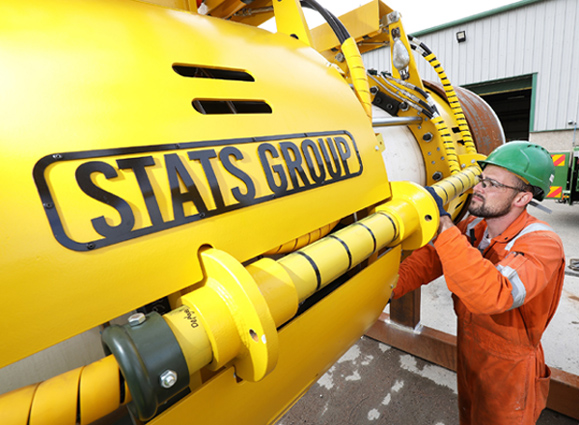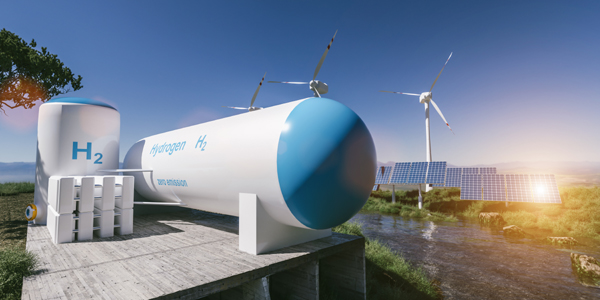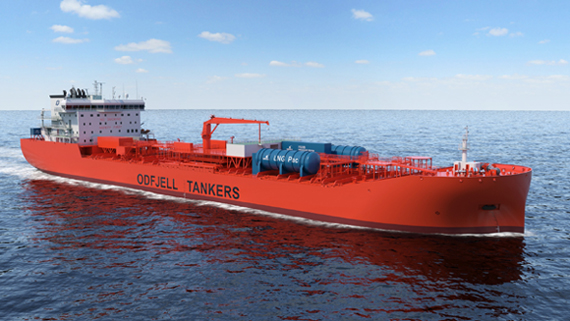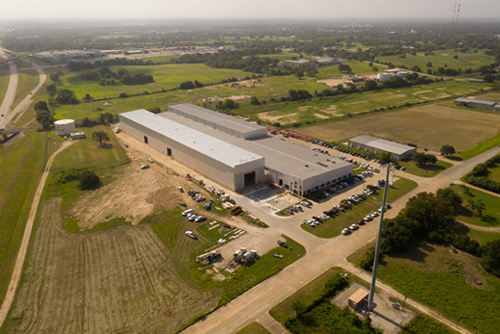
 New gathering centres and gas booster stations to be included in KOC's development programmes
New gathering centres and gas booster stations to be included in KOC's development programmes
KUWAIT'S UPSTREAM sector is currently abuzz with bids and projects as production capacity expansions and major investments come to fruition.
The much-publicised $7 billion 'Kuwait Project' is still under way, officials insist, despite ongoing delays due to parliamentary opposition and the recent resignation of the country's Oil Minister Adel Al Subaih.
The 25-year plan was initiated in 1997 as a brainchild of the Supreme Petroleum Council to increase oil production with the help of foreign oil companies.
Kuwait aims to increase output from its Abdali, Bahra, Ratqa, Raudhatain and Sabriyah oilfields from the current 450,000 barrels per day (bpd) to around 900,000 bpd by 2005.
Kuwaiti officials have been keen to stress a 'business as usual' stance following the resignation of Al Subaih after an explosion and fire in a gas booster station, substation and 280,000 bpd gathering centre in the Raudhatain field, which temporarily shut down the country's entire northern oil production.
Information Minister Shaikh Ahmed Fahd Al Ahmed Al Sabah has been appointed as interim Oil Minister until a permanent replacement for Al Subaih is found.
Although opponents to the plan argue on the grounds of the constitutional clause which bans the government from signing production sharing deals with foreign companies and also prevents foreign ownership of hydrocarbons, officials have said that the northern fields in question would suffer 'significant' reservoir damage if foreign oil companies, and their expertise, was prevented from assisting in their development.
Technical issues are a key motivation for the development. In particular, Kuwait has found that to increase oil production, it must tap more difficult reservoirs and use more water to do that. And as Kuwait has little technical capability to deal with water management and corrosion, it sees a real need to involve the international oil companies (IOCs) and their wider experience of different producing environments.
To calm local fears over the development, Kuwait is also likely to insist that a large proportion of employees in the IOC-led projects are Kuwaiti nationals, and there may be certain pricing articles for procurements from local industries.
With nine per cent of the world's oil, Kuwait still represents massive potential for interested oil majors, despite the restrictions likely to be placed on them under the terms of the project. And the scheme is seen by some as a 'foot in the door' for future developments.
Kuwait is said to have been considering an economic role for the IOCs which would pay the companies a defined amount for every barrel of oil they produce, though industry analysts say that the IOCs may be disappointed by the financial terms on offer.
Under the terms of the new law, investing oil companies are likely to be offered two rates on each barrel produced: one rate for the fields' existing oil, and another rate for new incremental oil production which, according to analysts, would be probably more generous.
Members of the financial committee embarked on a fact-finding mission to Iran earlier this year, where they studied the Iranian 'buyback' investment model, under which foreign companies - denied equity stakes under the Iranian constitution - can recoup their investment costs and make a profit through oil revenues.
Nine IOCs have been shortlisted to bid as operator for 'Project Kuwait', including ExxonMobil, BP, ChevronTexaco and Royal Dutch/Shell, with a further 15 prequalified to provide support services, and KPC is said to be planning to release soon the fiscal terms for the operating service agreement.
This will allow the IOCs to prepare development plans for the initiative. Following this, KPC is expected to draw up another shortlist and aims to select a consortium by early next year.
In addition to the IOCs, China's second largest oil company is also said to be looking to invest in the northern oilfields of Kuwait as a non operator.
If successful, the Sinopec bid would be the company's biggest overseas investment since it ventured into the international upstream sector late last year.
Kuwait Oil Company (KOC) is also in the process of increasing its own crude oil production capacity, which will include the construction of a new gathering centre, a second phase of development of a gas booster station and a seawater injection project in the northern fields.
KOC continues to explore and drill aggressively for oil, and most recently discovered new reserves of light crude in the West of the country with a production of 7,950 bpd.
The well, in the West Minagish field, produced oil at 37 degrees API. Kuwait's sour crude runs at an average of between 31 and 37 degrees API.
To accommodate its increased output and that produced through 'Project Kuwait', KOC is planning a new $900 million oil storage facility at Ahmadi, which will add 8.5 million barrels of storage capacity.
KOC issued earlier this year a pre-qualification notice for international engineering firms to participate in the project, which will expand the state's crude oil exporting capacity to three million bpd.
The scope of the work comprises detailed engineering, procurement, construction, project management, training, pre-commissioning and commissioning of the facilities, according to the company.
KOC has divided the work into four parts. The first involves building new North and South tank farms, filling manifolds and gravity loading manifolds, laying pipelines to the North Pier of Al Ahmadi Refinery and offshore, and installing a crude control centre.
Part two involves expanding KOC's current operating tankage capacity by 11.4 million barrels to meet targeted oil export rates. KOC wants 15 tanks built in its North Tank Farm and four in its South Tank Farm.
Part three includes installing a new pump station for the North Pier exports as well as metering skids.
The fourth involves laying offshore pipelines, installing a CALM buoy system, and installing additional bunker fuel systems.
With no delays, the project is expected to be completed by 2005, the same year Kuwait has planned to increase overall sustained capacity output to 3.5 million bpd from a current 2.4 million bpd.
KOC has also issued a new tender, worth an estimated $30 million, for a Supervisory, Control and Data Acquisition (SCADA) control system for its explosion-hit northern oilfields.
The tender, which opened last week, invites 15 prequalified local firms to bid for the SCADA Phase II project, which was planned before the explosion on January 31.
Phase I was issued in 1999 with 30 prequalified firms mainly from the US, South Korea, Canada, Britain, Japan, Germany and Italy. Only seven applied for the project which was budgeted at KD11 million ($35.7 million) and went to South Korea's Daelim for KD5.049 million, executives said.
The new tender did not give a price for the project but estimates suggest it was budgeted at around KD9 million.
However, some executives have called for Kuwait to alter the way in which tenders are awarded to the lowest bidder, which could result in lower quality, late delivery schedules and other problems.
The SCADA system will help control the operation of about 195 Kuwaiti wells close to the border with Iraq.
The January blast forced Kuwait's state-run oil industry to cut total output from the North, which was at around 600,000 barrels per day (bpd), and cover exports from other fields and storage.
The 280,000 bpd GC 15 and main gas booster station BS 130 were damaged in the blast along with a power substation which fed the northern operation.



